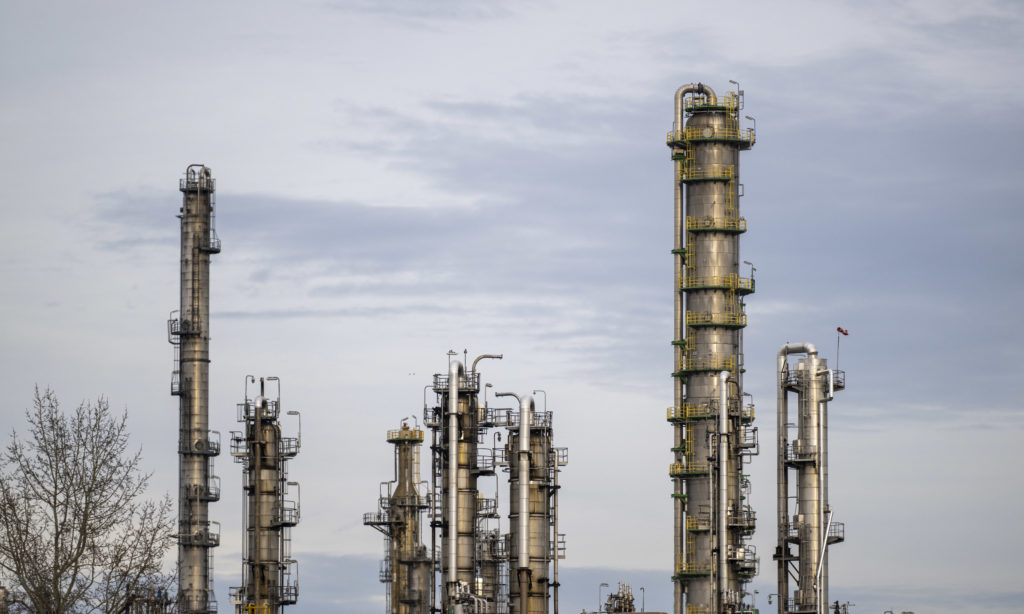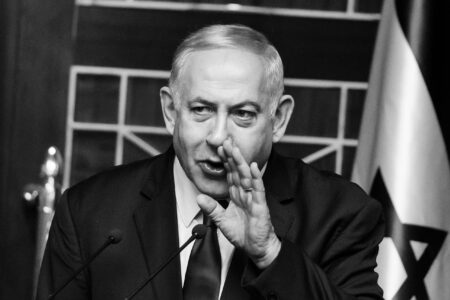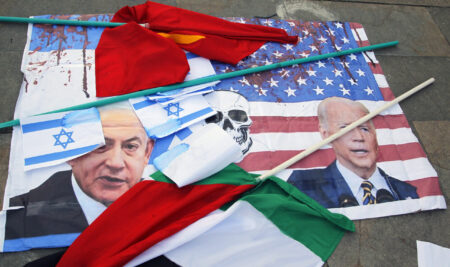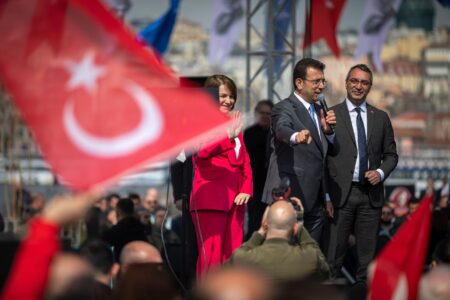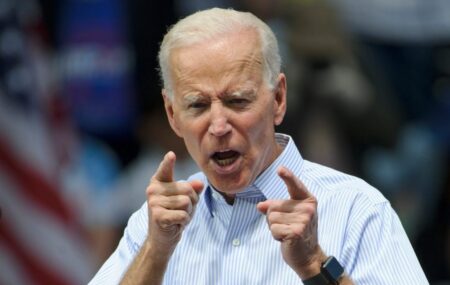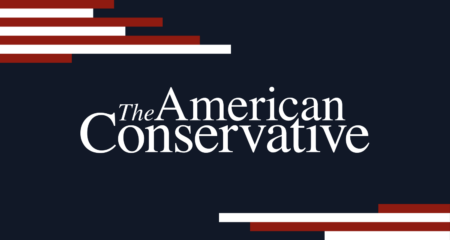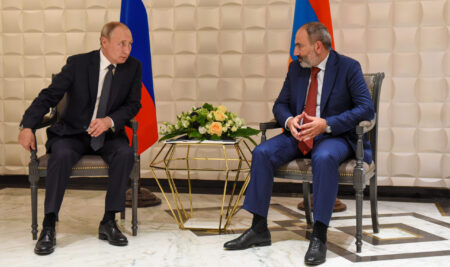While Russian and Ukrainian soldiers fight it out in the mud of the Donbas and its environs, the shifting terrain of the geopolitical landscape continues to portend the downfall of the neoliberal political-economic order.
The West’s attempt to recruit large swaths of the global community to enlist for the sanctions war has decidedly failed. Outside of the U.S., E.U., and a few close allies (i.e., economic dependents and military protectorates) such as Canada and Japan, practically no other countries have joined in, preempting any economic dogpile sought by the self-proclaimed defenders of democracy. Increasingly, transatlantic policy seems to be having the exact opposite effect.
As of June 9, Pakistan is the latest country to begin accepting large shipments of discounted crude oil from Russia, as much as 100,000 barrels a day. “This is the first ever Russian oil cargo to Pakistan and the beginning of a new relationship between Pakistan and Russian Federation [sic],” announced Prime Minister Shehbaz Sharif.
Sharif initially came to power last year with hopes of improving relations with the U.S. and securing a favorable assistance deal with the IMF given the country’s economic problems. Previous Prime Minister Imran Khan’s ouster in April of 2022 was due in part to deteriorating Pakistan–U.S. relations and Khan’s perceived cozying up to Russia. While Sharif began his term intending to reverse course, austere IMF conditions and flagging support from Washington have apparently contributed to Islamabad’s reevaluation of international circumstances.
In the present geopolitical landscape, such a move is perceived to be in direct defiance of Western efforts to obstruct Moscow’s revenues. The motive behind Islamabad’s shifted political and economic calculations is not difficult to decipher. Nor is it exceptional. The International Energy Agency (IEA) reported that Moscow is now sending out 8.1 million barrels of oil a day, the highest number going back to April 2020. In January 2023, almost half of those shipments were destined for China and India, which have respectively increased as a proportion of Russia’s oil exports from 21 percent to 29 percent and 1 percent to 20 percent since January 2022.
Chinese oil imports alone jumped in May to the third highest level ever recorded. Beijing also recently issued a crude oil import quota of a whopping 62.28 million tons of allotments. This makes the total import quota amount issued by Chinese leadership 20 percent higher than that of the same time last year. At the same time, Beijing’s natural gas purchases continue to push upward, increasing 3.3 percent year-on-year in Quarter 1, with a 10.3 percent year-on-year increase in April of liquefied natural gas (LNG).
Chinese demand is the single greatest factor in international energy prices. Even though there is some concern regarding potentially lower demand if Beijing’s commodity exports are muted in the upcoming months amid market uncertainty, Russian oil and gas flowing to China is sure to continue its upward trend in the aggregate.
Just as important, if not more so, as the massive shifts in quantity and direction of the energy trade, however, are the size and scope of the joint initiatives—usually under the leadership of Moscow and Beijing—that continue to proliferate in opposition to Western-led international organizations.
The recent St. Petersburg International Economic Forum saw representatives of various economic groupings and cooperation organizations outside the Atlantic orbit meet to discuss greater interconnectivity, development collaboration, transportation corridors, as well as investment options for funding various cross border initiatives. One of these groups is the Shanghai Cooperation Organization (SCO), which continues to focus on greater cooperation and integration with ASEAN nations. This year’s meeting included a notable presentation on the creation of a SCO investment bank to provide the capital necessary to facilitate such collaborative projects.
The BRICS organization featured prominently at the St. Petersburg forum as well. It also includes an important investment bank—the New Development Bank—that provides ready access to liquidity for its members, funds infrastructure projects, and facilitates increased industrial manufacturing. BRICS continues to grow in both clout and size. A number of new countries applied for membership last year, including Iran and Argentina. 2023 has also seen membership bids from nineteen additional nations before an upcoming summit in Johannesburg this August. One of the most recent applications came from Egypt on June 14. Potential bids from important players in the energy market such as Venezuela (with direct support from Brazil’s President Lula) and the United Arab Emirates are also being discussed. UAE President Sheikh Mohammed bin Zayed Al Nahyan traveled directly to the St. Petersburg forum in order to meet with Putin on June 16, where the two discussed their desire to build a closer relationship between the countries.
Gulf neighbor—and traditional U.S. ally—Saudi Arabia has to some degree also hedged its geopolitical bets. After refusing Biden’s phone calls in March of 2022 and denying his request to increase oil production to help lower international prices, Riyadh’s friendship with Washington has somewhat soured as of late. (Saudi Arabia also joined the SCO in March 2023, and is a potential candidate for BRICS membership.) In another move that will likely meet with the displeasure of its Western allies, Saudi Arabia additionally decided to move forward with further production cuts of 1 million barrels per day beginning in July.
Whether or not this has much of an impact in raising prices in the international market (recalling that Chinese demand remains the primary factor effecting international prices), the Western price caps and various regulatory restrictions placed on Russia will ensure that the amount charged by Moscow remains under the market price in the short term, incentivizing even greater purchases by Beijing and New Delhi. Consider that, as discussed earlier, China alone has increased its trade with Russia by about 40 percent, and is set to reach a record $200 billion this year. Perhaps most importantly though, more than 70 percent of that trade has been settled in either yuan or the ruble, with the Russian central bank currently holding 40 percent of its reserves in yuan. Pakistan has reportedly also paid for its new shipments of Moscow’s crude with Chinese yuan. Earlier in 2022, Saudi Arabia suggested the possibility of denominating its oil transactions with Beijing in the currency.
The present geopolitical system with all of its accompanying features is only made possible by the dollar reigning supreme as the world’s reserve currency. Champions of the present order faithfully hold that this system will be maintained indefinitely, guaranteed on the back of U.S. military might and Western economic dominance. But the international environment is beginning to shift, as much due to the burgeoning economic alliances outside the confines of Western-backed international agencies as because of the policy decisions of those latter agencies and their U.S. patron. No recent move has acted as a greater accelerant to this shift than Washington’s decision to freeze and then seize the foreign currency reserves of the Russian Federation at the outset of the Ukraine war.
The weaponization of financial reserves has increased distrust in the present system to new heights. The end of dollar dominance may not be nigh, but it is a much more likely possibility than many in the West care to admit. Neoliberal proponents—such as those at the Atlantic Council—are correct that Moscow’s total revenue from oil and gas has decreased in the face of Western price caps (down 46 percent year-on-year this past February), resulting in significant debt accumulation and a large budget deficit that currently stands around $42 billion. They are wrong to believe that this is evidence of sanctions having their desired effect (i.e., changing behavior). Russia is undoubtedly content to post higher measurements of national debt in the short term if it means moving toward a system with greater financial independence. Moscow’s deficit is also likely to narrow as tax payments on energy shipments come in, not to mention the potential of eventually circumnavigating Western restrictions (the $60 cap is currently enforceable based on the fact that Russian ships transporting oil shipments use Western maritime insurance and financial services—a situation that could change).
Russia has demonstrated that having an economy based on commodities and heavy industrial production matters more in today’s international environment than a narrow set of economic indicators such as annual GDP growth or per capita income. Should dollar dominance ever come to an end, this fact will be made painfully clear.
The United States and other Western countries have adopted an increasingly ideological perspective regarding the future course of economic development. Leaders choose to accept only information that aligns with their dogmatic beliefs. Only a real faith could affirm outlandish recent predictions by the IEA that peak oil demand will be reached by the end of this decade. Contrary to their economic entrail reading, growth in E.V.s and increased energy efficiency will not portend the downfall of oil and gas in the near future.
A failure to remove its ideological blinders and comprehend political and economic conditions as they objectively exist will spell disaster for the Western bloc. Moscow’s budget deficit may have temporarily ballooned, but international realignment continues. A robust service sector and low carbon emissions are not indicative of national greatness. Should the dollar eventually lose its status as the world’s reserve currency, and should the demand for American debt ever begin to seriously diminish, the nation’s economy will be exposed for the hollow shell that it is.
Read the full article here




